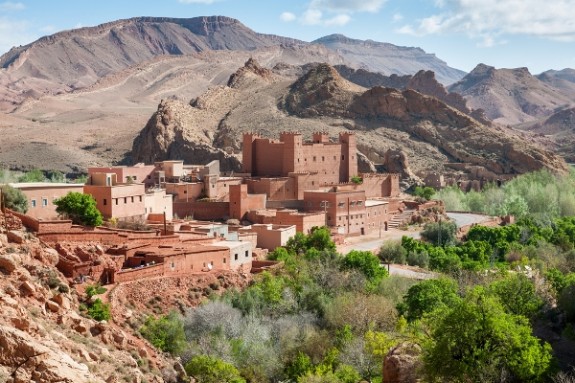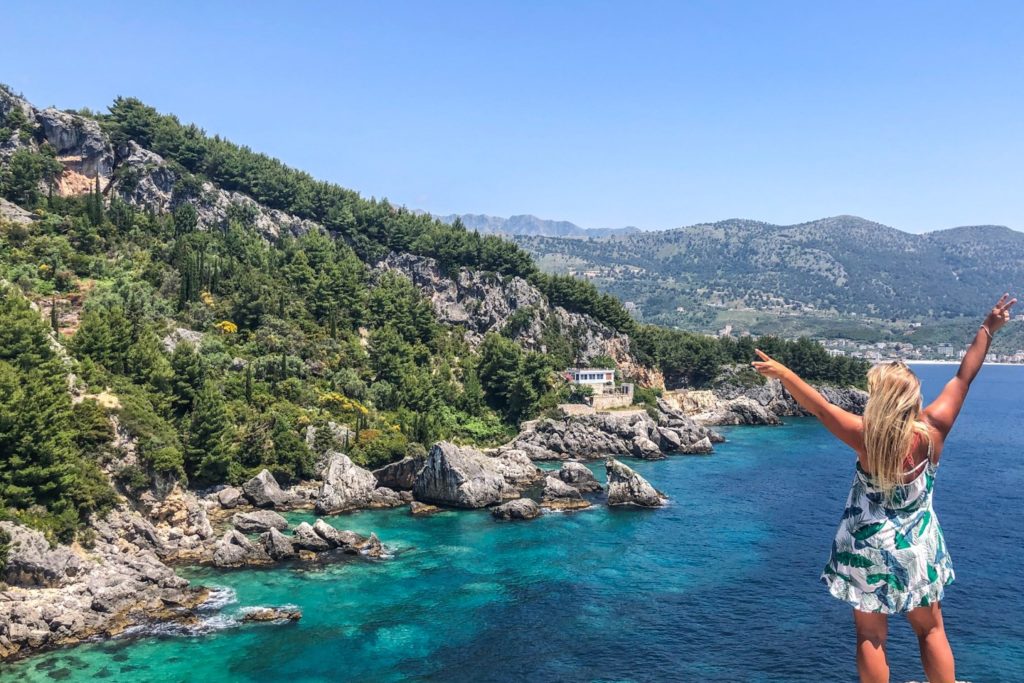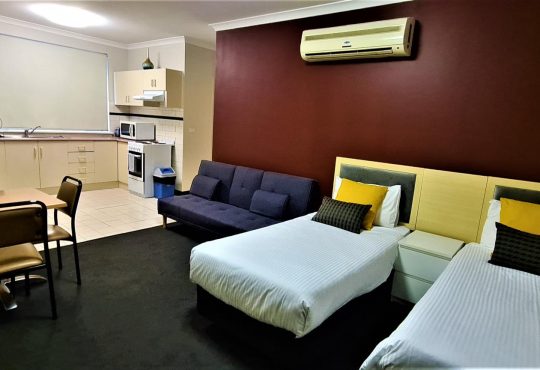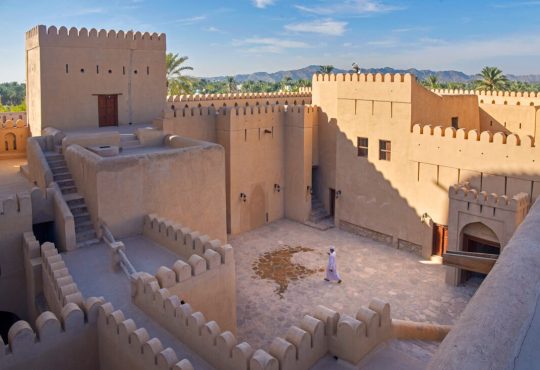
Traveling to Albania
Visiting Albania: A Basic travelers guide
A bright and beautiful area of rock cliffs, and southern European relaxed living as been in the past destroyed by a totalitarianism regime. But for any would be travelers to the Modern day Albania will find a country filled with sunny Mediterranean beaches, welcoming people and a vivid art explosion reminiscent of the renaissance in Tirana, capital of Albania.

The country of Albania is located on the Southeast shore of the Adriatic Sea, a tiny land mass bordered by Montenegro, Serbia, Greece and Macedonia. Albania’s history is long and vicious, ranging from the trail of destruction the passing of the ancient roman general Julius Caesar and his army left behind, to the recent years of totalitarianism regime. But nowadays there has been a sharp turn around, with Albania offering hospitality reminiscent of the medieval period, like a king. The residents of Albania now offers both the traditional Mediterranean experience for any traveler, but also mixed in with a variety of cultures and landscapes.
Albania is a struggling country, one of the poorest in Europe, partly due to lack of tourism advertisement and a lack of infrastructure available for possible travelers. But luckily for Albania this is quickly changing. Even though many guides on the country will state facts like the lack of ATM’s in the country, this is no longer true, with the country quickly modernizing.
If you want to see the great scenery this Mediterranean country as to offer, then the Northern area of Albania, the area where boats take rides along the large man made river between Komani and Bajrum Curri is where you should begin. The start of the rides, Komani, can be reached easily enough by road, but be sure to get there early since the boat leaves at 9 and 10am and takes 2-4 hours to cross the lake. When you cross the lake you end up half and hour from the town of Bajram Curri, which makes a great base for exploring the nearby mountains since this town provides basic accommodation. When you wish to return you can either go by a number of roads, or back via the boat (Which departs at 6am)

For the budding historians, you can head towards Butrint. Not only is it filled with historical events of the country, but the area is hardly explored giving the feeling of excitement on wonder. Nothing is marked or written down, so unless you are extremely experienced with the place, hiring a good guide is necessary and many English speaking guides can be brought for a fair price, who will take you though the ruins and explain the historical important of various places.
The capital city of Albania, Tirana, is mostly a small center of buildings best looked around on foot. This doesn’t mean though it has nothing to offer for a traveler. The architecture of Albania contains a mix of Italian and Turkish style, due to the fact it lies between both of the countries. The Skënderberg Square is also worth a look since from the large empty space you can see Mt. Dajti, the 5,030 ft mountain, on the Eastwards side. But even with these attractions, there is a small feeling of a dusty town, even with its many museums. This is quickly getting better, but at the time of writing this article there isn’t enough to keep a holiday maker at the capital.
The next stops should be Durrës, Shkoder and Butrint, three towns filled with historical important, including the oldest town in Europe, a large roman Amphitheater, and the ruins of Butrint are a magnet for Greek artifacts.

Gjirokaster is a small town on the way towards the southern Greek border, and is worth a day or two with spectacular sights, having been the home of the writer Ishmail Kadare, and dictator Enver Hodja. When you enter the city be sure to get a cab to take you ‘to the old city’ this is the area high in the mountains, offering great English speaking guest houses which overlook the valleys below. Try to avoid the new city since this is just a block of houses and is often filled with construction work, which can spoil the Albanian experience of this town for any would be traveler.
The best time to visit Albania is during the months of May and October, since like many Mediterranean countries it has boiling summers and freezing winters.
But even though the negatives of traveling to Albania, there are many great things to see and do, for those who are looking for rough beautiful scenery, and towns and ruins steeped with historical importance. Even more surprisingly is the amount of welcome and friendship from its natives, even though most of the country’s people is in poverty. Not only will your trip help a growing country that is starting to become a hot holiday destination, but also give you a lifetime of great memories and experiences.

Albania culture has been heavily influenced by Greece, especially in the cities – for example, a head shake means yes and a nod means no. For several decades, Albanians greeted each other with the phrase Shoku, meaning comrade, but that phrase has long fallen out of use and the simple handshake will suffice. Dress is usually informal in this area, and Albania is no exception. There are still some traditional views regarding clothing, such as the custom that women should not wear anything revealing unless they’re at the beach, and a bathing suit would then be acceptable. The proper forms of address are Zoti (Mister) and Zonja (Missus) followed by the family name; if you are visiting someone, remember to bring a gift, preferably something other than flowers. Once you’ve arrived, you’ll likely be treated to coffee or raki and a variety of sweets. Though harsh smoking bans haven’t caught on here yet, you still need to keep an eye out for any sign that says Ndalohet Duhani or Ndalohet pirja e duhanit, which indicate you’re in a no-smoking area.
The main mode of transportation is the bus system, which can be found in all major cities and will connect you to the major sites for a very low fare; if you prefer to travel more on your own terms, most of the major hotels also have taxi stands for the convenience of their guests. One of the most amazing experiences you’ll have is the 15 minute ride through the Dajt Oark to Tirana, courtesy of the Dajti Ekspres Cable car at Dajti Mountain. The ride will only cost you about 6.5 and covers 4.2 kilometers. Or you can enjoy the ultimate luxury tour on a fully-manned yacht courtesy of Alpha Yachting. If you need some additional cash, visit the Tirana Bank, which includes Visa card access among its many services.
If you choose to visit during the winter months, remember to pack plenty of warm clothes for the evening, and always wear layers even if you’re going to dinner, as many restaurants do not keep the place well-heated. As a general rule of thumb, visitors will be charged more than a local. This applies to both entry fees as well as any goods you might want to buy, so try not to make it obvious that you’re not local when you’re touring the area.


